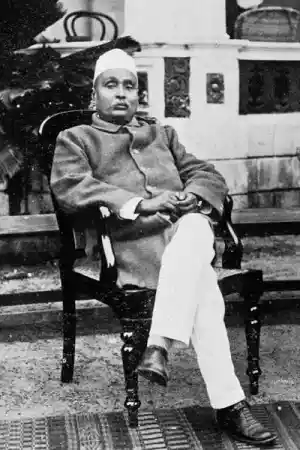The Legacy of Punjab Kesari – Lala Lajpat Rai
Lala Lajpat Rai, of the famous Lal Bal Pal trio, was a reformist yet deeply religious freedom fighter. Born on January 28, 1865, Rai died of a heart attack which was hastened by injuries he suffered from police beating during a protest against the Simon Commission.

Lala Lajpat Rai - A Pillar of Indian Nationalism; Source: India.com
One of the senior leaders of the Indian independence struggle, Lala Lajpat Rai played a pivotal role in establishing a religious-philosophical perspective of the movement. Born on January 28, 1865, Lajpat Rai was a Hindu-Punjabi from the Moga district of Punjab. His religious mother and fairly liberal father helped in shaping Rai’s balanced views on Hinduism.
Following the path of Swami Dayanand Saraswati, Lajpat Rai believed in the reformation of Indian policy and religion.
He believed that Hinduism’s largest fight was not against other communal representations, but against social evils within itself such as untouchability and unequal treatment of women.
According to him, Hinduism was not just a religion, but a philosophy of life which had the power to guarantee peace and harmony among society. While pursuing his law degree, he joined the Arya Samaj and vowed to free the nation from the colonial rule.
In the early 1900s, Lala Lajpat Rai formed 1/3rd of the Lal Bal Pal trio, famous for their campaigns against foreign-produced goods as part of the Swadeshi Movement.
Bal Gangadhar Tilak and Bipin Chandra Pal formed the rest of the trio, although their influence as a team started to fade when Bal Gangadhar Tilak was arrested and Bipin Chandra Pal retired.
In 1914, Lala Lajpat Rai completely quit practising law to dedicate his life to the freedom struggle. He travelled to the UK and the United States of America, where he started the Home Rule Movement against the British rule in India. In 1920, Lajpat Rai was elected as the President of the Indian National Congress in its Calcutta session. The very next year, in 1921, he was imprisoned for participating in rebellious activities against the British administration and released in 1923.
His untimely demise was the result of the lathi charge assault he received at the hands of the colonial police for a non-violent procession he was leading, against the Simon Commission in 1928.
This unprovoked act of violence gave him such severe injuries that he failed to recover from them. In November 1928, his injured state worsened the heart attack he faced, speeding up his death.
While Lala Lajpat Rai’s philosophy continued to aspire young freedom fighters, it was also the triggering incident for major revolutionaries like Bhagat Singh and Chandrashekhar Azad to seek revenge for the unprovoked death of their leader.
Rai’s bravery earned him the title of ‘Punjab Kesari’, or the ‘Lion of Punjab’.


